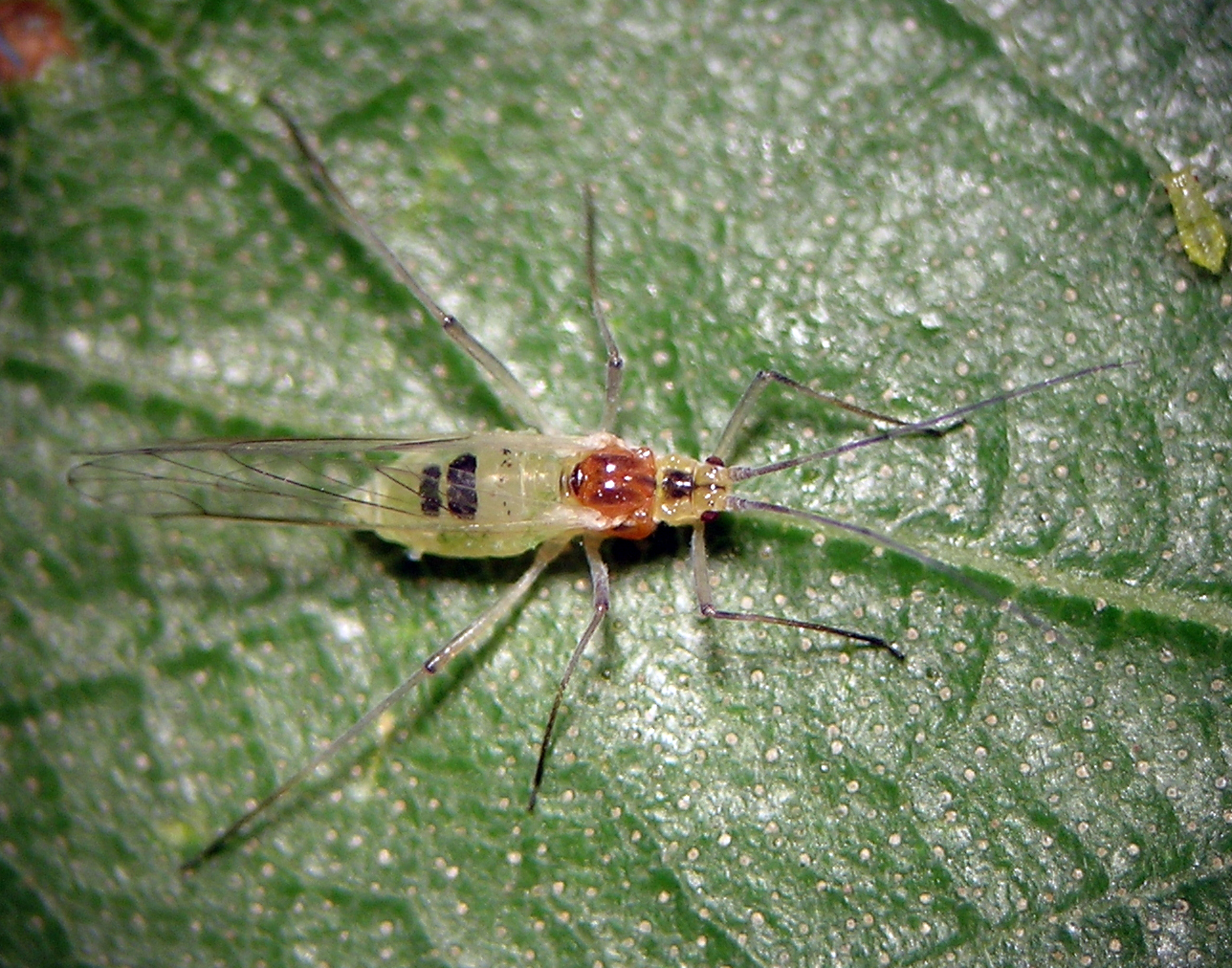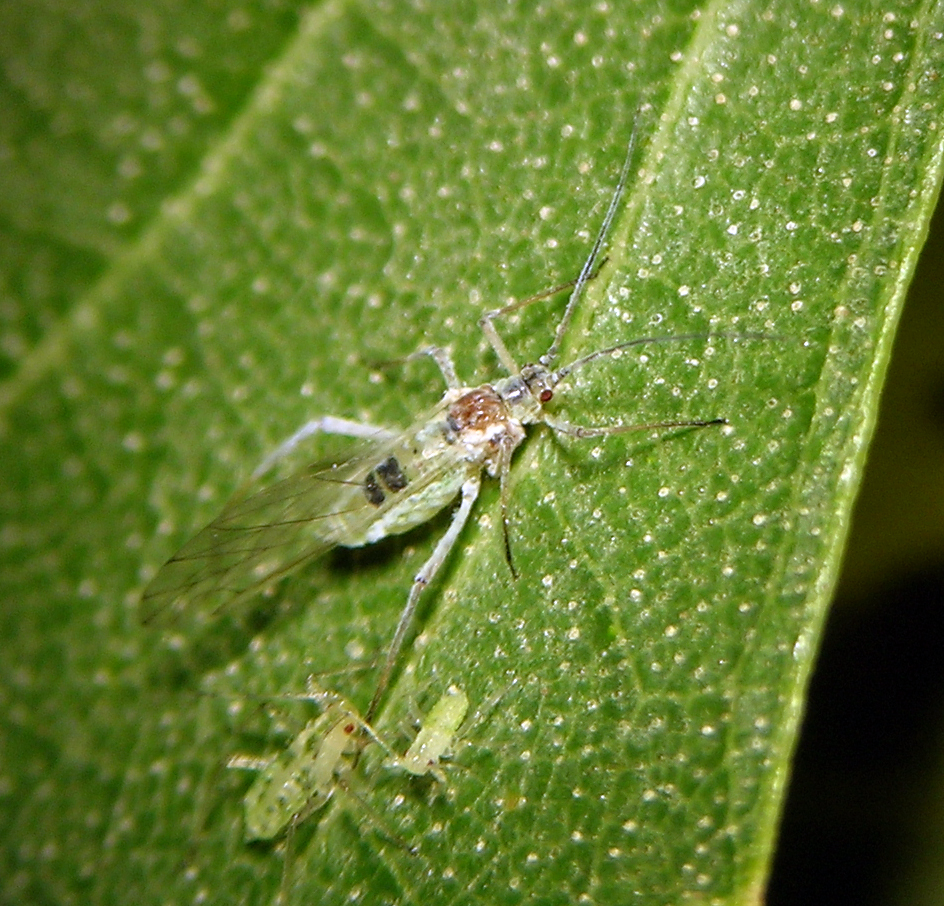Euceraphis Walker
This page updated: December 2024.
This is a genus of several species that feed on Betulaceae (Betula and Alnus). Like most tree aphids, I don’t study them particularly, just try to put decent identifications on my samples. Others have brought to bear better expertise on Euceraphis than I could, especially a number of papers by Roger Blackman and co-authors, including: “A year in the life of a birch aphid.“
I’ve had a lot of fun the past several years working on collecting lots of material of a putative new species of Euceraphis that feeds on the “bog birch” species Betula glandulosa. This species is remarkable because most of the viviparae are wingless — the previous dogma was that all Euceraphis viviparae are winged. Before he died I sent to Roger Blackman a set of measurements I made of these apterous Euceraphis. He had agreed that they should be considered Euceraphis. But, as I made the measurements, I saw that there was quite a lot of morphological variability across the geographical range of my specimens. This actually made me wonder if somehow the host, Betula glandulosa, was causing winglessness in otherwise winged Euceraphis. It seems like a crazy idea, but it was clear to me that this situation is not simple. I have material of wingless Euceraphis from Oregon, Idaho, California, Wyoming, and Colorado.
Euceraphis betulae Koch
This species is common on birches in western North America, apparently introduced from Europe. As noted by others, it is notoriously variable in appearance and is a taxonomically challenging species or species-complex. I am intrigued in variability as simple but dramatic as the degree of wax secretions as demonstrated by photos below.
Euceraphis gillettei Davidson
In western North America this aphid is common in natural systems wherever Alnus (alder) grows. As noted by Blackman and Eastop, this name might be used for more than one species.




